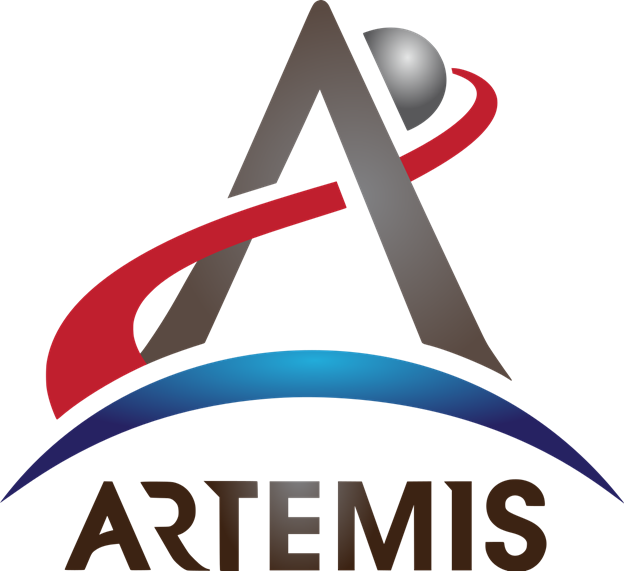Part 1 of 2 Parts
Recently there were Congressional hearings on UFOs and India successfully landed of a lunar rover. There is much renewed public interest in what lies beyond our atmosphere. Establishing a long-term human presence on the Moon is a closer reality than many may think. NASA astronauts will soon find themselves living for extended periods on a moon-orbiting outpost and on the lunar surface itself. Mastering lunar living is key to humanity’s continued exploration of space including missions to Mars.
To make the mission of NASA’s historic Artemis program a reality, the challenges of designing a living space for astronauts must be solved. Astronauts’ lunar home will feature spartan living quarters that will provide a sustainable, comfortable, and extensive life-support framework on the moon. The design and development of such quarters must center on safeguarding astronauts from radiation exposure and the extreme cold of the lunar nights.
On Artemis missions, a trip to the Moon and eventually Mars will require a stopover at the Lunar Gateway. This space station will support a sustainable human presence on the Moon and provide a staging area for future missions to the red planet.
Some of the components of the Gateway are being contributed by Thales Alenia Space. This company is working closely with NASA and the European Space Agency (ESA) to design and build elements such as the International Habitat (I-HAB) module that will provide living quarters and support systems for crew members who will live and work in space.
The I-HAB is a pressurized module with habitability and life support functions. It also features docking capabilities for visiting space vehicles. The I-HAB represents a new generation of modules for deep space exploration which are capable of meeting requirements for lighter structures, enhanced functional and avionic architecture, efficient thermal control, and innovative accommodations for a more comfortable interior.
The Gateway brings a new set of challenges for keeping astronauts safe, productive, and comfortable in an environment that is smaller than the International Space Station (ISS) and farther away from Earth.
Because the Gateway space station is smaller than the ISS, the design needs more functionality in less volume. It will also need more automation because it is difficult to reach. It is not permanently occupied so mission command must be able to intervene remotely when astronauts are not there.
The Gateway must also take into account the overall well-being of the astronauts who will work and live there, even if it’s only for around 30 days. The ISS is just two hundred and fifty miles from Earth while the Gateway is one hundred and fifty thousand miles away, requiring a journey of three days to return to Earth. That distance introduces psychological challenges in addition to technological challenges.
Design decisions will be an important consideration for astronauts who will eventually inhabit the Moon and stay in space potentially for months at a time. This will be much longer that those who visited during the U.S. Apollo missions.
Designing habitation systems for life on the Moon will be extremely difficult. Beyond the obvious problems such as extreme temperatures, a lack of oxygen, and the deadly vacuum of outer space, setting up shop on the lunar surface presents numerous challenges.
Please read Part 2 next
